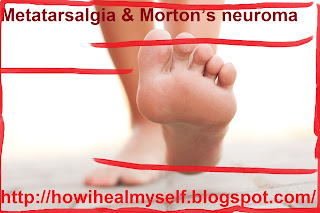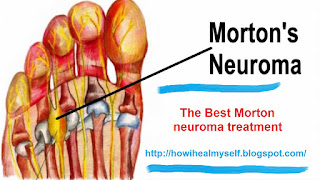Metatarsalgia In Adults
Metatarsalgia is a general term for irritation of metatarsals. There is aching pain in the metatarsal bones of foot resulting from anatomical changes in their alignment. This is a common problem affecting the bones and joints of metatarsals. Metatarsalgia covers a group of foot disorders. Its classic symptom is pain in the front portion, or ball of foot.
Causes
The heredity factor is important. Narrow, high-arched feet can put stress on the balls of feet. Moreover, if legs are not equal in length, the metatarsal-phalangeal joints of the shorter leg receive additional stress. Skin irritation is the second factor to be considered. Metatarsalgia can occur with tender calluses under metatarsal-phalangeal joints. Foot disorders like rheumatoid arthritis, stress fractures, fluid accumulation, and muscle fatigue can also contribute towards development of metatarsalgia. If a person is born with, or develops flat feet, there is a risk for him to develop metatarsalgia. Moreover, excess weight from pregnancy or obesity can cause metatarsalgia. One should not put excessive stress on feet. For example, soldiers, letter carriers, and dancers are at a greater risk because of extensive walking and standing. Some nerve disorders like Morton’s neuroma can also cause metatarsalgia in adults.
Treatment
It is important for a person to avoid wearing tight shoes with thin soles and high heels. If one is suffering from Morton’s neuroma, he should remove his shoes periodically, and gently massage the painful area. It is also important to consult a physician for a footpad that relieves pressure on metatarsal area. A physician may prescribe non-steroidal anti-inflammatory medications such as Ibuprofen or sulindac. Such medications can treat calluses, which may be associated with metatarsalgia. In rare cases, injections of corticosteroid into the tender area may be used. An operation may sometimes be necessary. A surgeon can remove the nerve associated with painful symptoms, in severe cases of Morton’s neuroma. Other surgical options may include reshaping joints and modifying irregularly shaped bones.
A patient may inquire his doctor about the cause of pain in his feet, and whether foot disorder is involved. Moreover he can ask him whether the feet are abnormally stressed, and ways to alleviate his pain.




